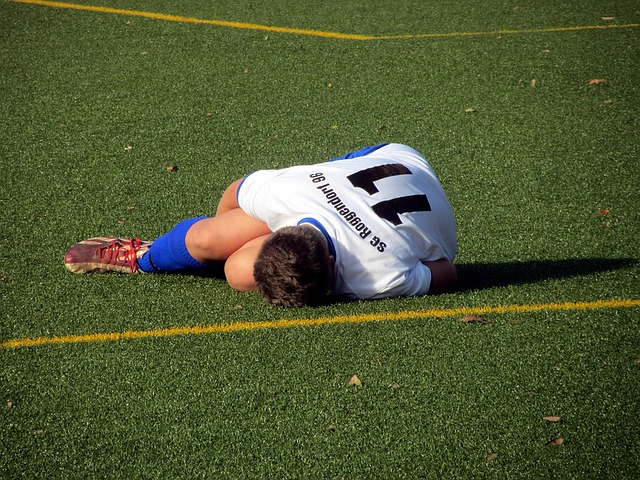
Pain Post-Exercise: When Should I Be Concerned
You just got done with a particuarly grueling workout
Your muscles are responding the way you expected them to: by being sore. You know this one is going to require a substantial period of rest, maybe even an ice pack. Delayed onset muscle soreness (DOMS) is a ubiquitous feature of the post-exercise period and it is important to take note of its severity. While low-grade DOMS remains manageable and should not be worried about, more pronounced soreness in the muscles is a sign of actual muscle damage. Soreness, swelling and inflammation can be dealt with usually natural methods of pain management, but make sure to listen to your body if it is telling you something is wrong. In more extreme cases, DOMS can be an indicator of permanent muscle damage. This blog is designed to help you know when to worry about pain after exercise.
Signs that you’ve overdone it
Keep an eye on your muscle if it feels unusually sore after a normal exercise. Here are some signs to look out for:
- Pain that persists: given the right amount of rest and recovery, pain should decrease over time. If it persists for more than 3 days, you should check in with a doctor.
- Pain that grows in intensity: pain should subside rather than grow.
- Bilateral pain: are both sides equally sore? If one side is disproportionately sore, it could indicate that damage has occurred on that side.
- Weakness, tingling, numbness in muscle, surrounding area or extremity: indicates nerve damage.
Acute muscle injuries that result from exercise are best treated once we have a grasp of what is causing them. If you suspect that you’ve overdone it, don’t hesitate to give our office in Hackensack a call. We are specialists in diagnosing and treating musculoskeletal injuries and we want to help you today!